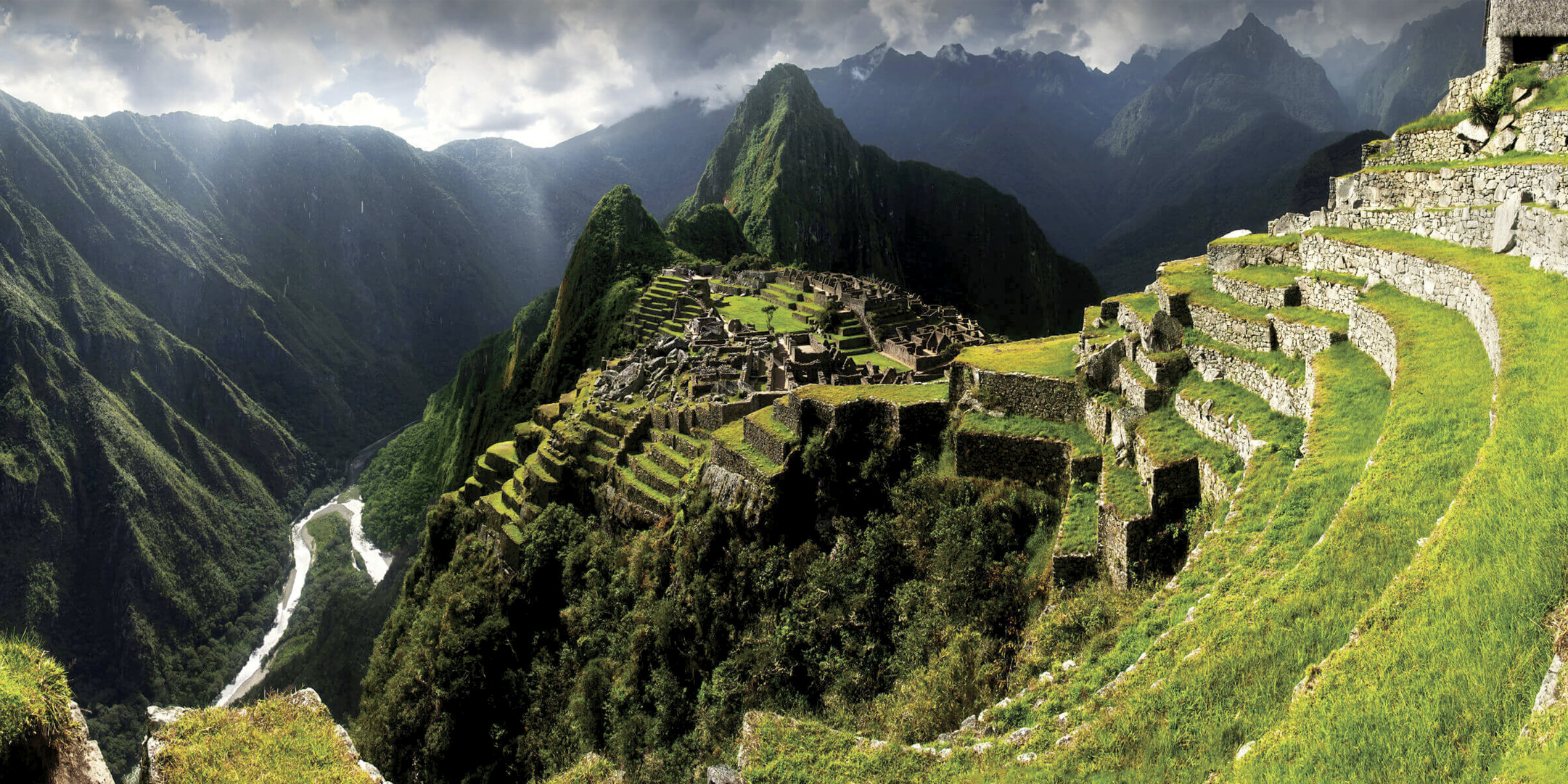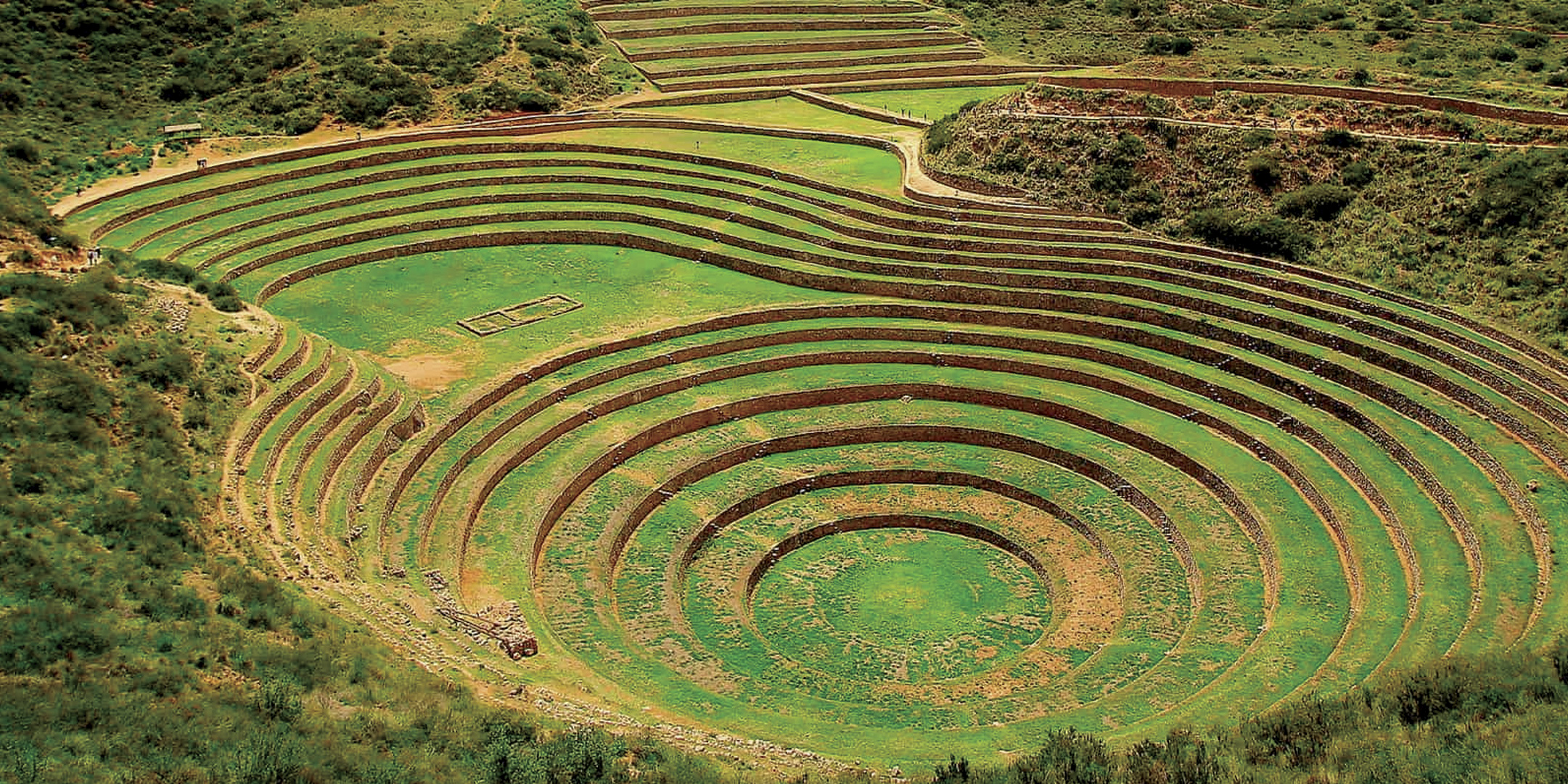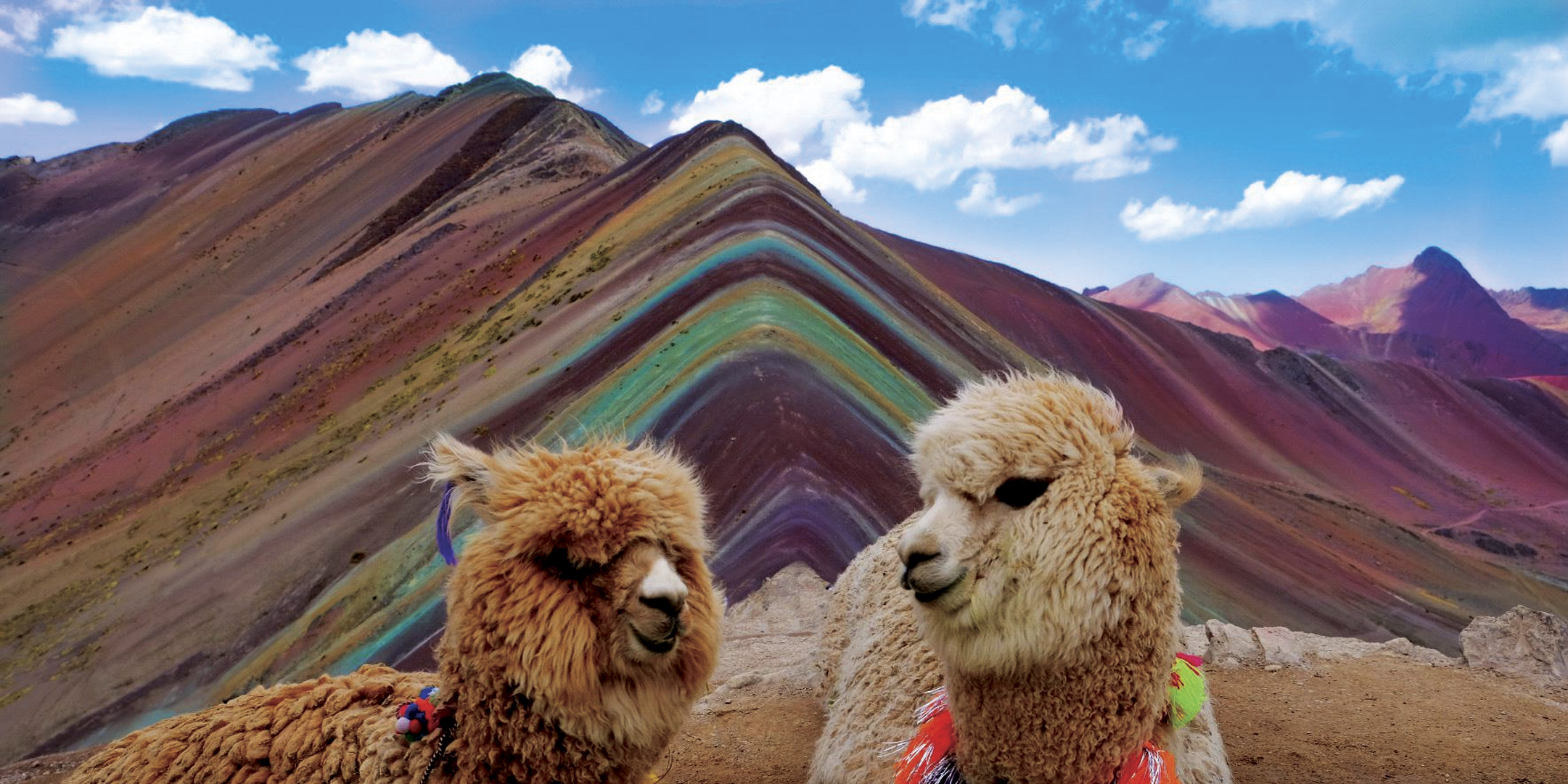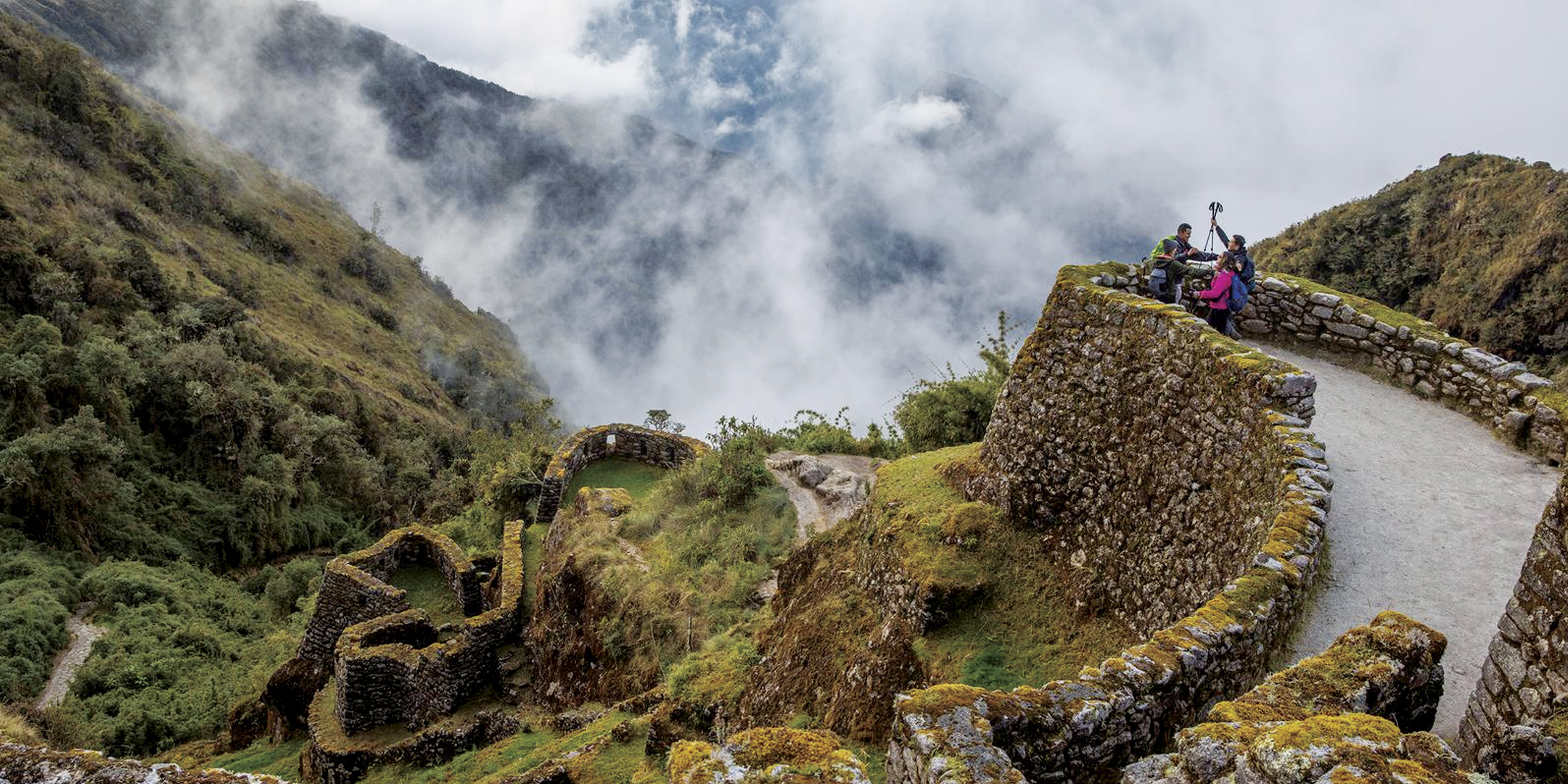Altitude Sickness (Sorochi)
Altitude sickness
Altitude sickness, also known as acute mountain sickness (AMS), altitude illness, hypobaropathy, or Sorochi. Without any doubt is the most common sickness for travelers coming from lower altitude or sea level. Is a pathological effect of high altitude on humans. Caused by acute exposure to low partial pressure of oxygen at high altitude? It usually occurs above 2,900 meters (approximately 9,000 feet). Acute mountain sickness can progress to high altitude pulmonary edema (HAPE) or high altitude cerebral edema (HACE).The causes of altitude sickness are still in studies. The percentage of oxygen in air remains essentially constant with altitude at 21% up until 70,000 feet (21,330 m). But the air pressure (and therefore the number of oxygen molecules) drops as altitude increases — consequently.
The available amount of oxygen to sustain mental and physical alertness decreases above 10,000 feet (3,050m). A superficially related condition is chronic mountain sickness. Also known as Monge’s disease, occurring only after prolonged exposure to high altitude. An unrelated condition, often confused with altitude sickness, is dehydration. Due to the higher rate of water vapor lost from the lungs at higher altitudes. Those people who ascend rapidly to altitudes higher than 2700m (9100 ft.) may get altitude sickness. Some of the main symptoms may include headaches, nausea, vomiting, dizziness, malaise, insomnia and lose of appetite. Severe cases are serious thing. You get fluids in the lungs (high-altitude pulmonary edema) or swelling of the brain (high-altitude cerebral edema). If symptoms are more than mild or persist for more than 24 hours (far less at high altitudes). Descend immediately by at least 500 meters and see a doctor.
HOW TO PREVENT altitude problem
The best way to prevent altitude sickness is the progressive acclimatization. Spending two nights or more at each rise level of 1000m. Alternatively, take 125mg or 250mg of acetazolamide (Diamox) twice or three times per day. Starting 24 hours before ascent and continuing for 48 hours after arrival at altitude. Possible side effects will come as: urinary volume, numbness, tingling, nausea, drowsiness, myopia and temporary impotence.
Acetazolamide is not good for pregnant women or anyone with a history of sulfa allergy. For those who cannot tolerate acetazolamide, the next best option is 4mg of dexamethasone taken four times per day. Unlike acetazolamide, dexamethasone must be tapered gradually upon arrival at altitude. Since there is a risk that altitude sickness will occur as the dosage is minor.
Dexamethasone is a steroid. So it is not good for diabetics or anyone for whom taking steroids is not advised. A natural alternative is gingko. Which some people find quite helpful.
When traveling to high altitudes. It´s also important to avoid overexertion eat light meals and abstain from alcohol. Altitude illness is a serious thing; it can be life threatening when severe.
For adventure tours as the Salkantay trek, Lares Valley trek or Ancascocha trek, we suggest travelers visiting to a Doctor before to travel to Peru.
Home » Altitude Sickness (Sorochi)



